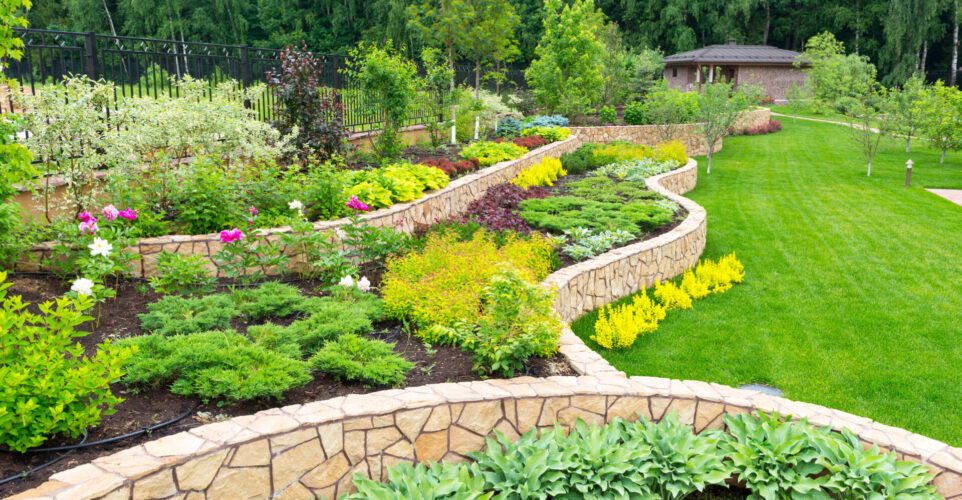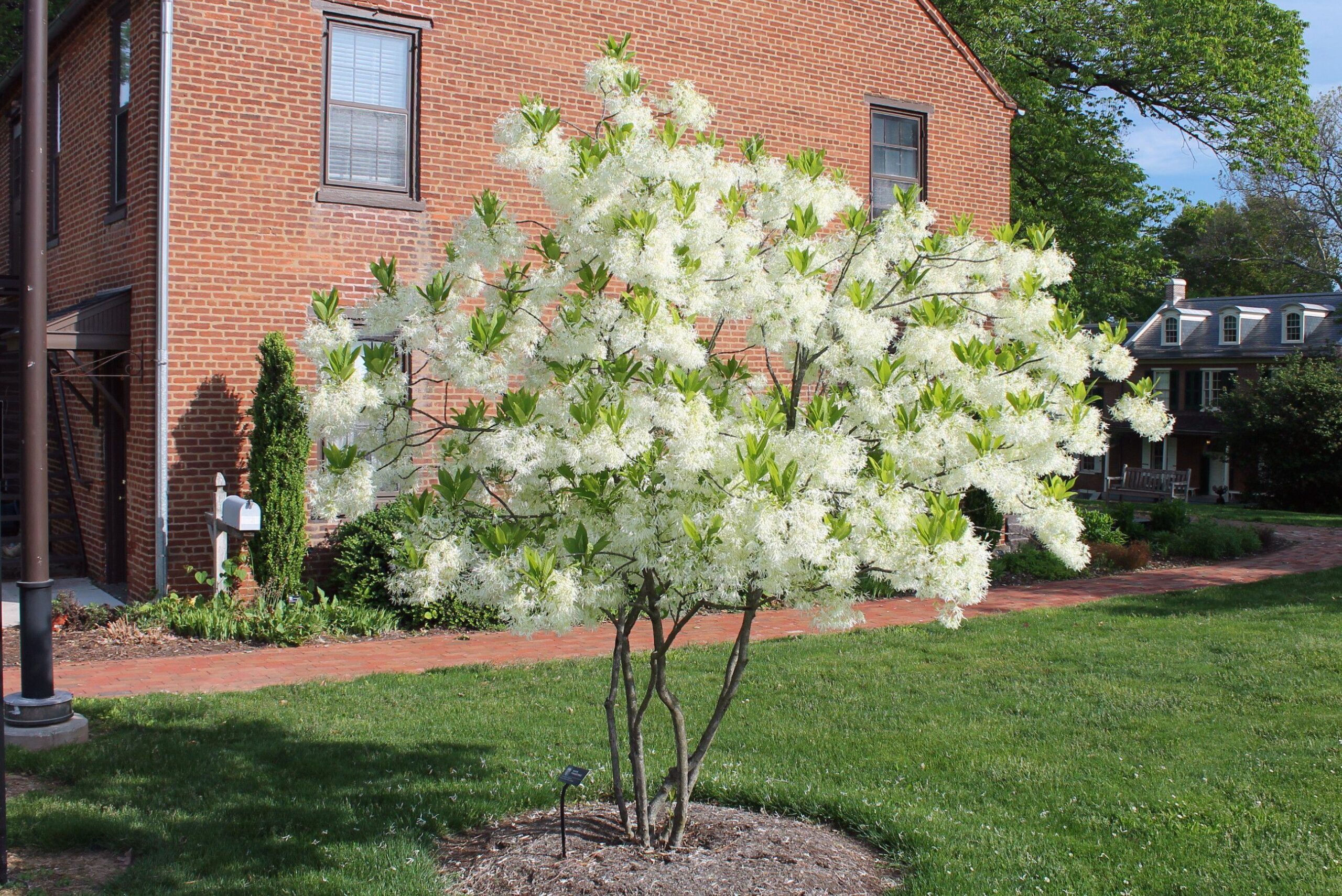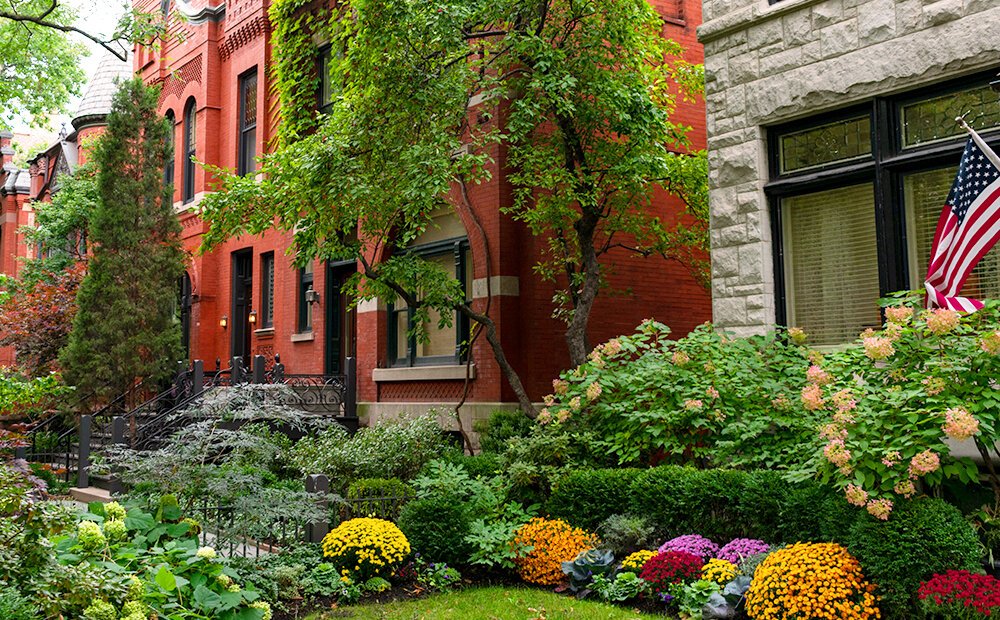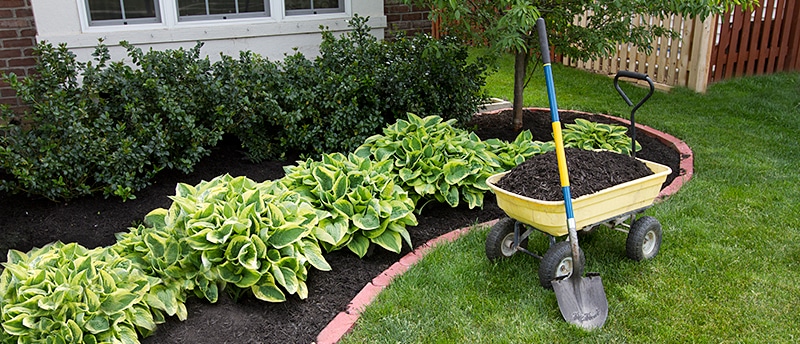Best Trees for Landscaping
Introduction
When it comes to landscaping, trees are more than just an aesthetic addition—they are the backbone of a beautiful and sustainable garden. Trees provide shade, enhance the beauty of your property, and even contribute to the environment by improving air quality. But with so many species to choose from, how do you know which trees are the best for your landscape? In this article, we’ll explore the essential factors to consider when selecting trees and highlight some of the best options for various landscaping needs.

Why Trees Are Essential for Landscaping
Trees play a vital role in landscaping. They add structure and height to your garden, create natural focal points, and can even increase your property’s value. Moreover, trees offer environmental benefits such as reducing carbon dioxide, providing habitat for wildlife, and improving soil health.
Benefits of Incorporating Trees into Your Landscape
Incorporating trees into your landscape offers numerous benefits. They provide shade, which can lower cooling costs in your home, and they serve as windbreaks, protecting your garden from harsh winds. Trees also contribute to the aesthetic appeal of your landscape by adding color, texture, and variety.
Choosing the Right Trees for Your Landscape
Factors to Consider
Climate Compatibility
One of the first things to consider when choosing trees for landscaping is climate compatibility. Trees that thrive in one climate may struggle in another. It’s important to select species that are well-suited to your region’s temperature, humidity, and precipitation patterns.
Soil Type and Drainage
The type of soil in your yard can greatly influence tree growth. Some trees prefer sandy soils, while others do better in clay or loamy soils. Proper drainage is also crucial—trees that sit in waterlogged soil may suffer from root rot.
Tree Size and Growth Rate
Take into account the tree’s size and how quickly it’s growing. Some trees grow quickly and can become very large, which might not be suitable for small yards. It’s important to choose a tree that will fit well within your landscape without outgrowing its space.
Evergreen vs. Deciduous Trees
Pros and Cons of Evergreen Trees
Evergreen trees keep their foliage year-round, providing continuous color and privacy. They are ideal for creating screens and windbreaks. However, they may require more maintenance in terms of pruning and may not provide as much seasonal interest as deciduous trees.
Pros and Cons of Deciduous Trees
Deciduous trees lose their leaves in the fall, offering seasonal variety with changing colors. They allow more sunlight to reach your home in winter, which can help with heating costs. On the downside, they require more cleanup in the fall and provide less privacy during the winter months.
Native vs. Non-Native Trees
Advantages of Native Trees
Local climate and soil conditions naturally suit native trees, making them easier to cultivate and care for. They also support local wildlife, including birds and insects, and help preserve the natural ecosystem.
Top Trees for Landscaping
Best Small Trees
Japanese Maple
The Japanese Maple is a favorite for its stunning foliage and compact size. It’s perfect for small gardens or as an accent tree in larger landscapes. Its vibrant red, orange, or yellow leaves in the fall make it a showstopper.
Flowering Dogwood
The Flowering Dogwood is cherished for its beautiful spring blossoms. This tree adds a burst of color in the spring and offers red berries in the fall that attract birds.
Best Medium-Sized Trees
Crape Myrtle
Crape Myrtles are beloved for their long-lasting summer blooms and attractive bark. They are drought-tolerant and can thrive in hot climates, making them a great choice for many landscapes.
Magnolia
Magnolias are recognized for their impressive, aromatic blooms and shiny foliage. They are a classic choice for southern landscapes but can thrive in a variety of climates.

Best Large Trees
Oak Trees
Oak trees are majestic giants that provide ample shade and have a long lifespan. They are perfect for large properties and offer a habitat for wildlife.
Maple Trees
Maple trees are famous for their vibrant fall colors. They grow quickly and can become quite large, making them ideal for creating shade and adding seasonal interest to your landscape.
Pine Trees
Pine trees are evergreens that provide year-round color and are excellent for creating windbreaks or privacy screens. They are also relatively low-maintenance.
Planting and Caring for Your Trees
How to Properly Plant a Tree
Choosing the Right Spot
The initial step in planting a tree is selecting the ideal location. Consider the tree’s mature size, sunlight requirements, and proximity to buildings or other structures.
Digging the Hole
When digging a hole for your tree, make sure it’s twice as wide as the root ball but no deeper. This makes it easier for the roots to expand and take hold in their new environment.
Planting and Mulching
Place the tree in the hole, ensuring that it’s straight and the root ball is level with the ground. Fill the hole with soil, press it down lightly, and give it a good soak. Apply mulch around the base of the tree to retain moisture and prevent weeds.
Watering and Fertilizing
Watering Guidelines
Freshly planted trees need consistent watering until they are well-rooted. It’s best to water deeply but less often to promote strong, deep root development. The frequency of watering will depend on the tree species and local climate.
Fertilization Tips
Apply a balanced fertilizer to your trees in the spring to encourage healthy growth. However, take care not to over-fertilize, as this can damage the tree.
Pest and Disease Management
Regularly check for pests and diseases that could damage your trees. By inspecting often and addressing issues quickly, you can stop small problems from turning into serious ones..
Conclusion
Choosing the right trees for your landscape is a crucial decision that can enhance the beauty and functionality of your outdoor space. Whether you’re looking for shade, privacy, or seasonal color, there’s a tree that fits your needs. By considering factors like climate, soil, and tree size, you can select trees that will thrive in your landscape for years to come.

